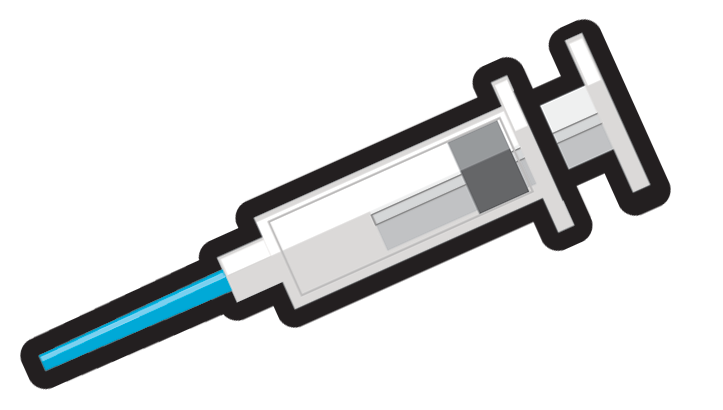Administration Technique of Intramammary Treatment in Dairy Cows
Recommendations:
Use only products approved for intramammary infusion.
Make sure the environment is clean and restrain the cow, as needed.
Prepare all the necessary material: teat dip, gloves, clean towels, sampling tubes, antibiotic tubes, alcohol swabs.
Proceed carefully to avoid introducing pathogens into the teats and prevent damaging the interior of the teat canal.
Identify the treated cow. Avoid contaminating the milking machine or milk with the antibiotic.
Administration Technique of Intramammary Treatment in Dairy Cows
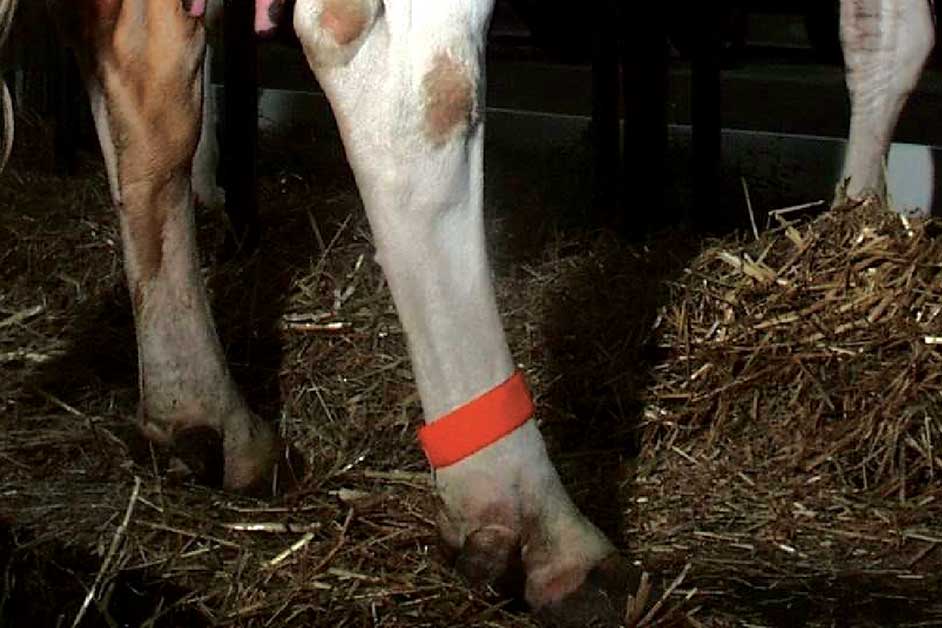
Step 1
Start by tagging the animal and record the cow ID and treatment type into a logbook.
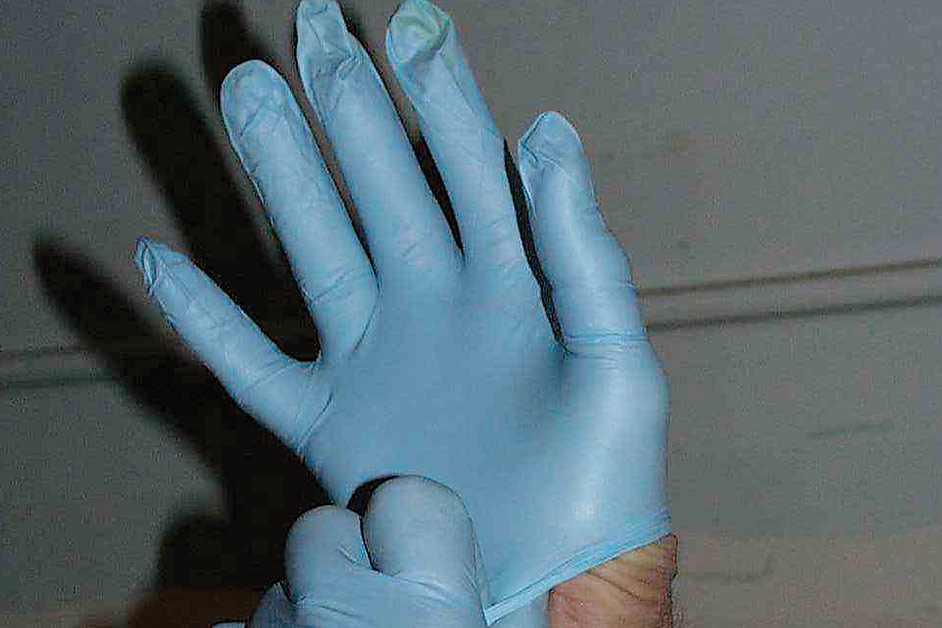
Step 2
Wear disposable gloves, or at the very least, disinfect your hands thoroughly before proceeding.
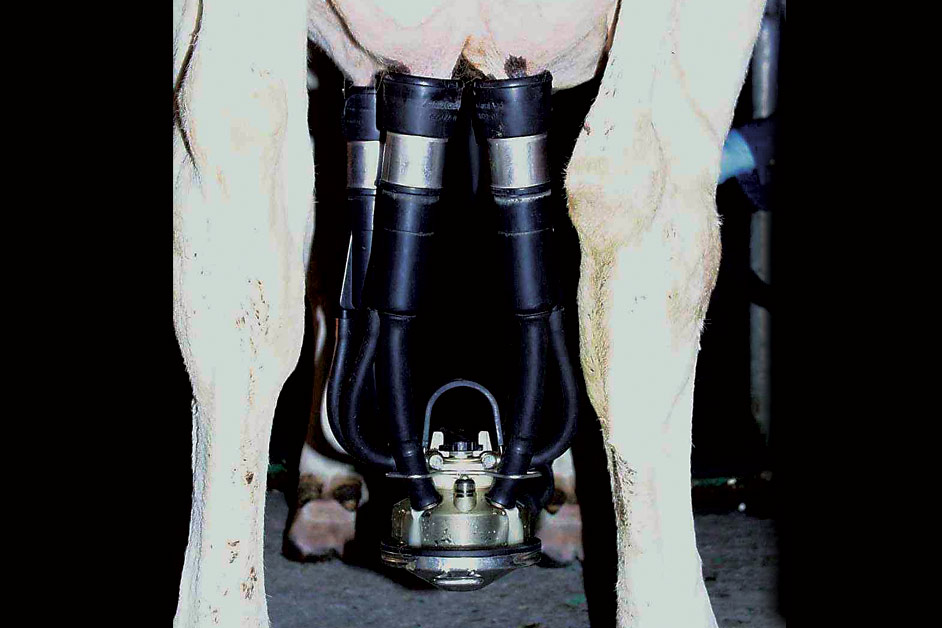
Step 3
Milk out the quarters completely.
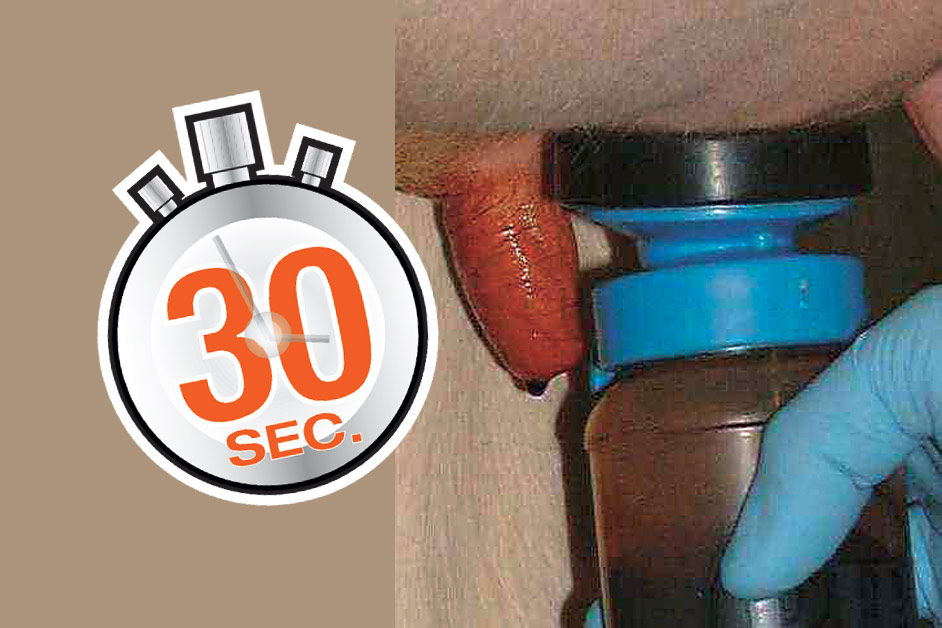
Step 4
Dip teats in a disinfectant approved by Health Canada. Maintain contact for 30 seconds and wipe teats dry.
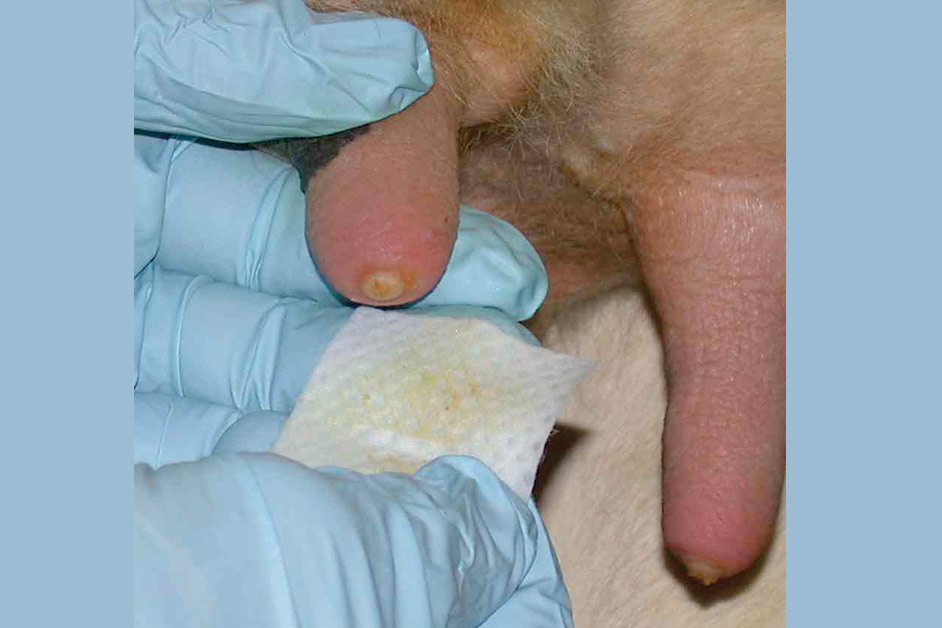
Step 5
Disinfect the end of each teat with a clean alcohol swab. Repeat as needed, until swab remains clean.
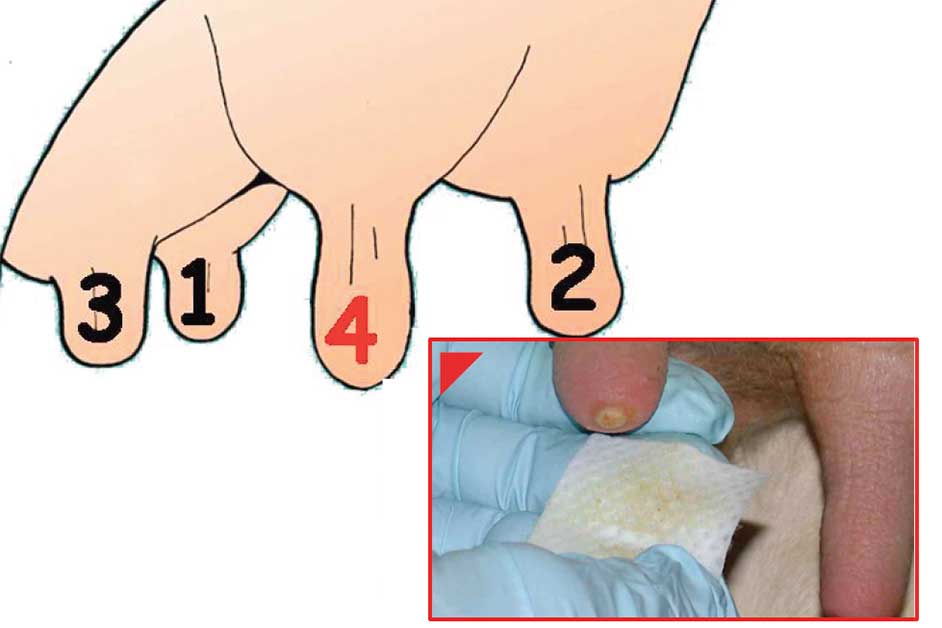
Step 6
Disinfect teats in the order illustrated above: finish with the nearest teat to avoid contaminating it with your wrist or sleeve.
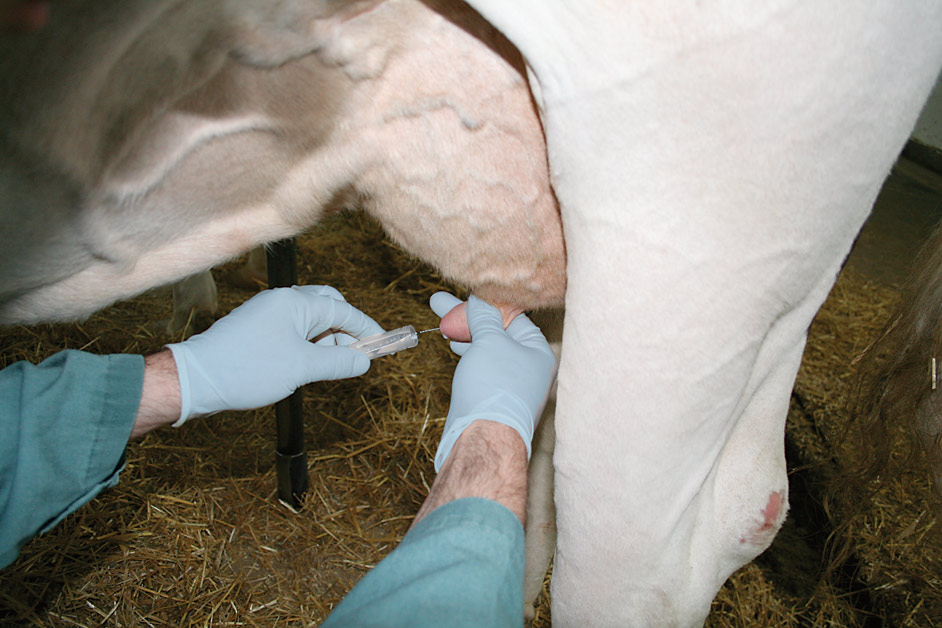
Step 7
When treating a lactating cow, collect a milk sample before milking and treatment in case testing is required.
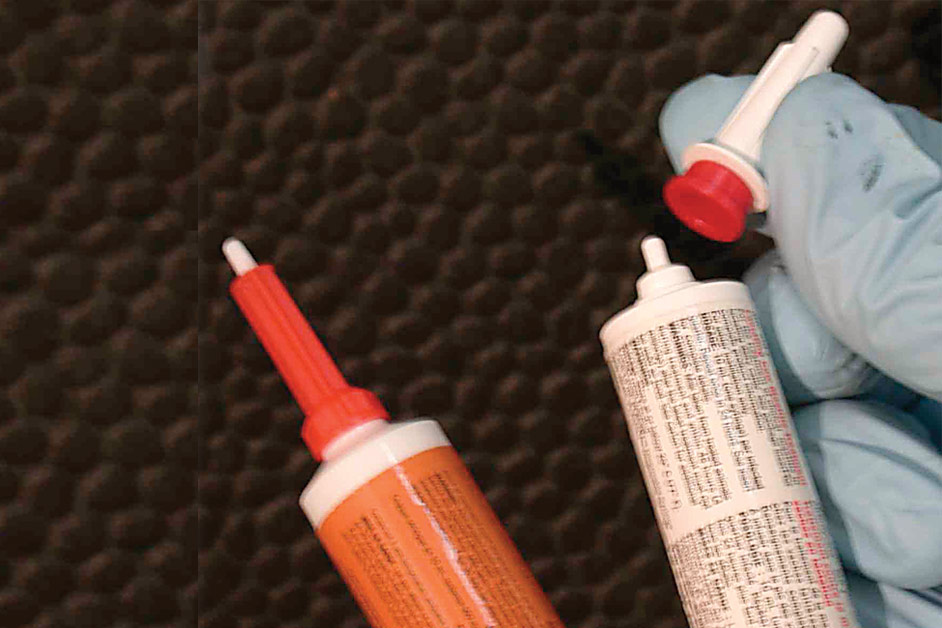
Step 8
Make sure not to touch anything with the cannula prior to insertion. Use the insertion tip supplied with a short cannula to avoid damaging the teat canal keratin.
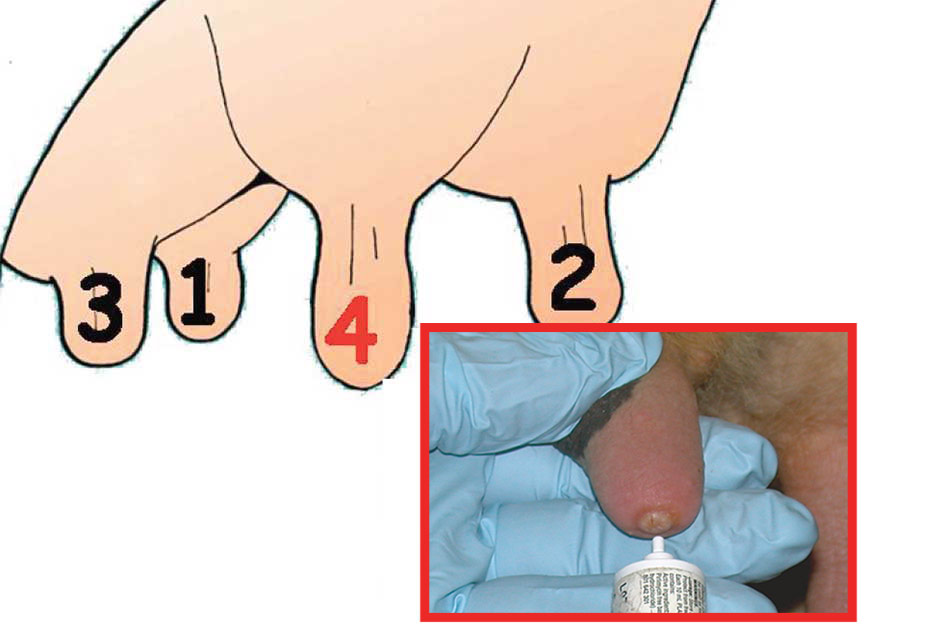
Step 9
Start the treatment with the nearest teat.
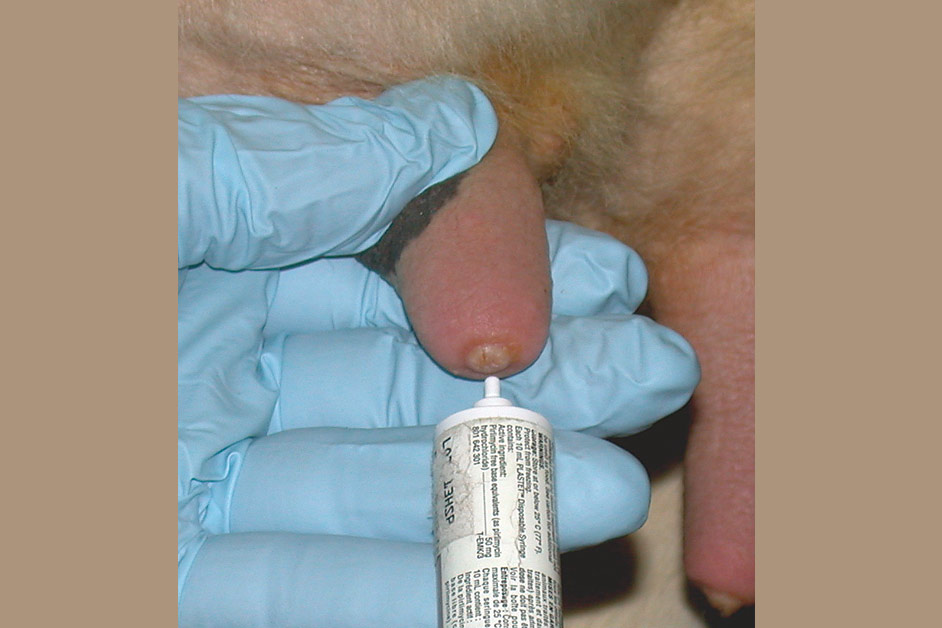
Step 10
Gently infuse the antibiotic preparation in the quarter. Make sure to empty the tube completely and massage the base of the quarter to ensure penetration of the antibiotic preparation.
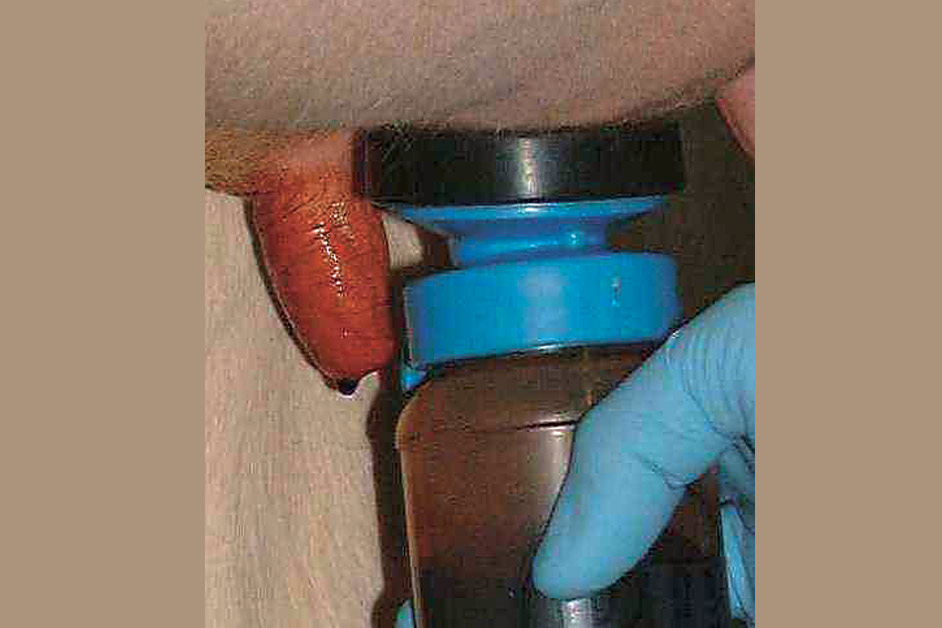
Step 11
Apply teat dip, ensuring complete coverage.
Partial insertion method (3 mm)
Partial insertion of a long cannula avoids pushing in bits of bacteriacontaminated keratin into the teat cistern. It also avoids dilating the sphincter muscle.
TIP: When using a long cannula, pinch it with your fingers 3 mm from the tip before insertion.

